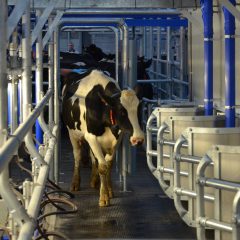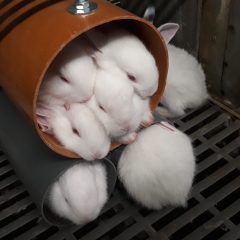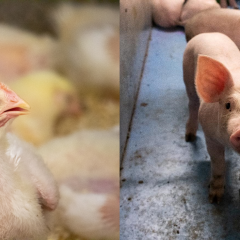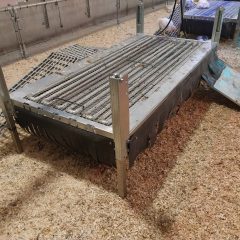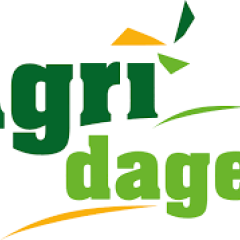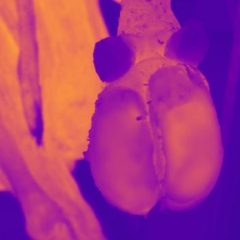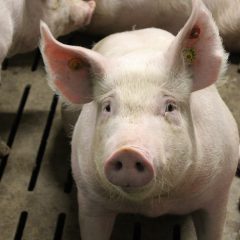Research project Measuring and managing sow condition for optimal longevity and lifelong production
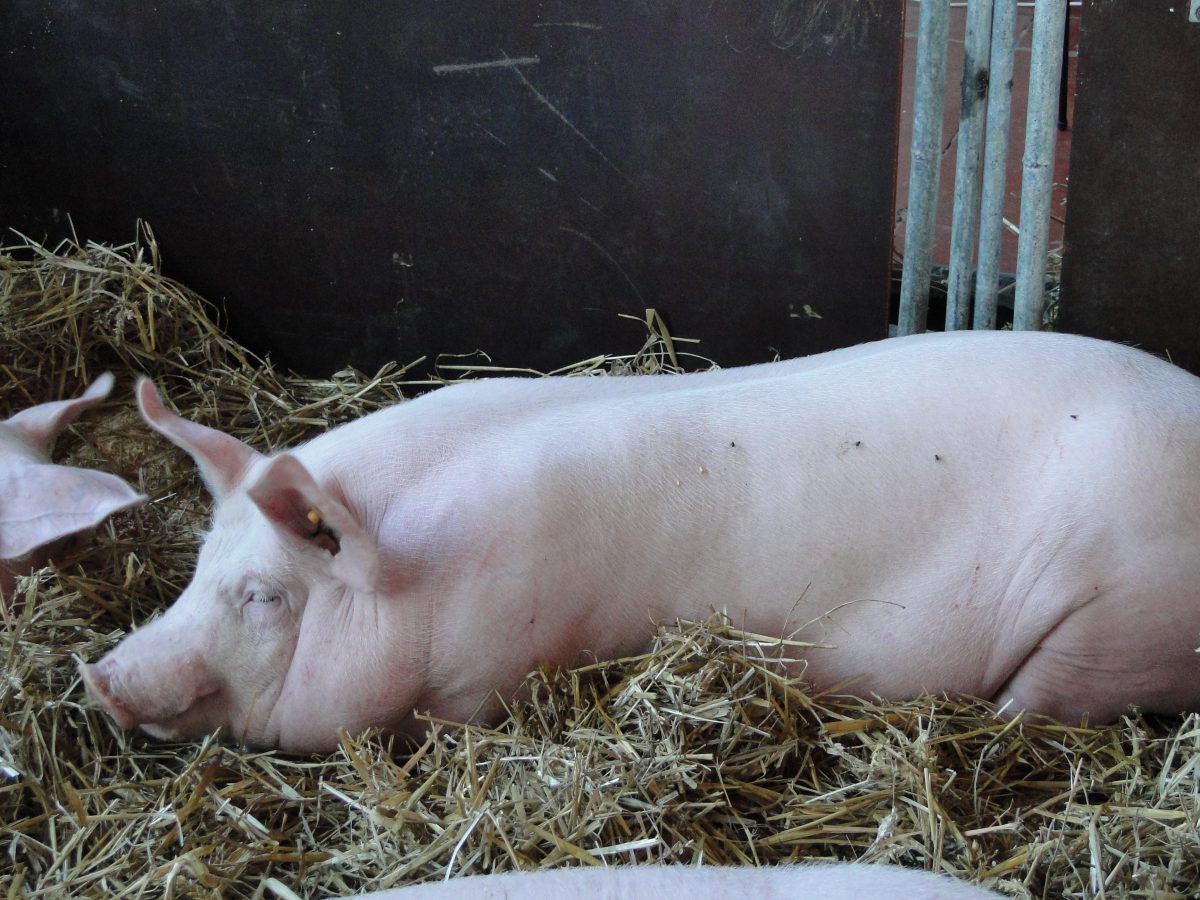
General introduction
The CONZOLE project focuses on the body condition of sows during the different phases of their cycle. On average, a sow weans between 50 and 90 piglets during her stay on the pig farm in successive litters. By nature, she builds up energy reserves during periods of excess and draws on these reserves during physically demanding periods such as lactations. Fluctuations of a sow's body condition is therefore to some extent normal. The research question in this project is: To what extent do these fluctuations impact production results, longevity and welfare of sows and what is the optimal condition of a sow through different parts of her cycle? And how can we manage this?
Research approach
First, we map the condition progression over several cycles and determine how this relates to productivity and welfare of the sow and her piglets. By means of an observational study on farms, the condition of sows is compared with farm results and findings regarding welfare and longevity. We then focus on condition management as a means to improve sow productivity, longevity and welfare in an intervention study. Based on these results, we draw science-based conclusions about which methods are useful to evaluate and improve condition management.
Relevance/Valorization
We know from previous observations that early culling of sows on a pig farm is often the result of substandard production results, fertility problems or leg and claw injuries. On average, a sow remains on the farm for about two years. A (too) high replacement rate is not only a signal of a low body condition on average (and thus potentially impaired animal welfare), nor is it only financially disadvantageous, but it also implies a less efficient use of raw materials and a higher production of manure with associated emissions. This is because with an increased replacement rate, more sows are needed in net terms for the same amount of piglet and fattener production. Thus, improved sow condition management contributes to multiple sustainability and welfare goals in this livestock industry.
Financing
VLAIO

